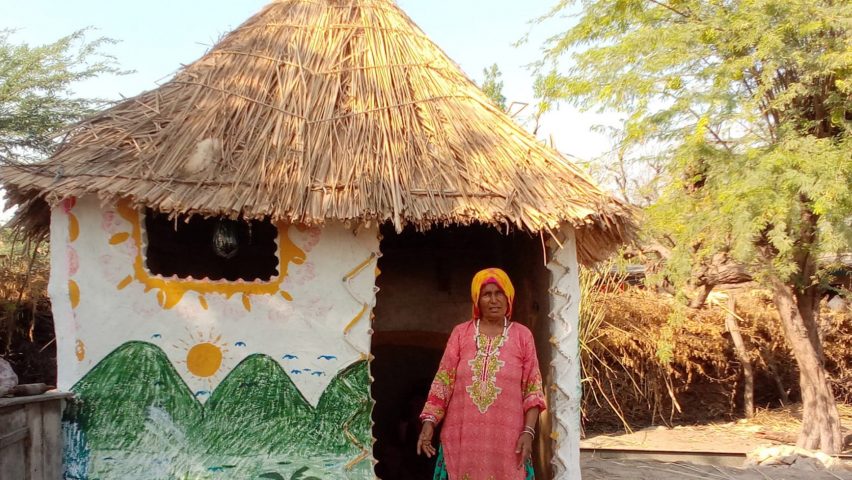
Yasmeen Lari on track to build a million flood-resilient Pakistan homes by 2024
After extreme floods put a third of Pakistan under water in 2022, architect Yasmeen Lari vowed to build one million flood-resilient homes. For our Designing for Disaster series, her foundation reveals it is a third of the way towards that target.
The latest update from the Heritage Foundation of Pakistan, founded by Lari, is that the rebuild programme has so far provided 333,000 homes for those displaced by the 2022 floods.
These floods were among the worst in Pakistan's history, causing 33 million people to lose their homes and resulting in $30 billion (£24 billion) worth of damage.
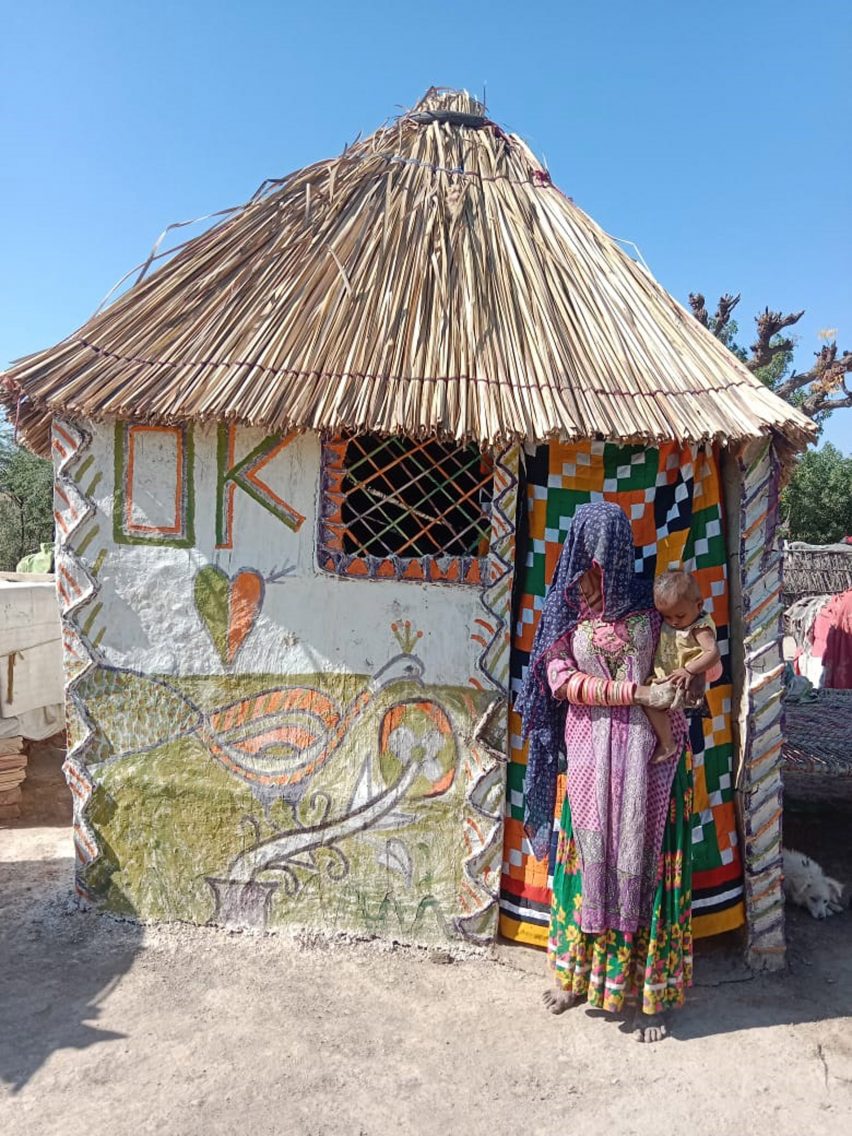
The target for the programme, which launched in September 2022, is to reach one million replacement homes by 2024.
Designed by Lari, these homes are intended to be flood-resilient to safeguard against future issues.
Instead of being built from concrete or steel, which has become the norm in Pakistan, they utilise vernacular building methods and materials that draw from "ancient wisdoms and techniques", according to Lari.
Structures are formed of locally sourced earth, lime render and bamboo, and can be built by hand.
This approach forms part of what the Pakistani architect calls Barefoot Social Architecture, a zero-carbon, self-build approach that supports impoverished and marginalised communities.

Lari was awarded this year's RIBA Gold Medal in recognition of what she has already achieved through this form of architectural practice.
Between 2012 and 2014, following devastating floods in Sindh Province, her foundation provided 40,000 shelters that created new homes for approximately 300,000 people.
"We put Pakistan on the map with this zero-carbon structure programme," Lari told the audience in her keynote address at the recent In Focus: Radical Repair conference.
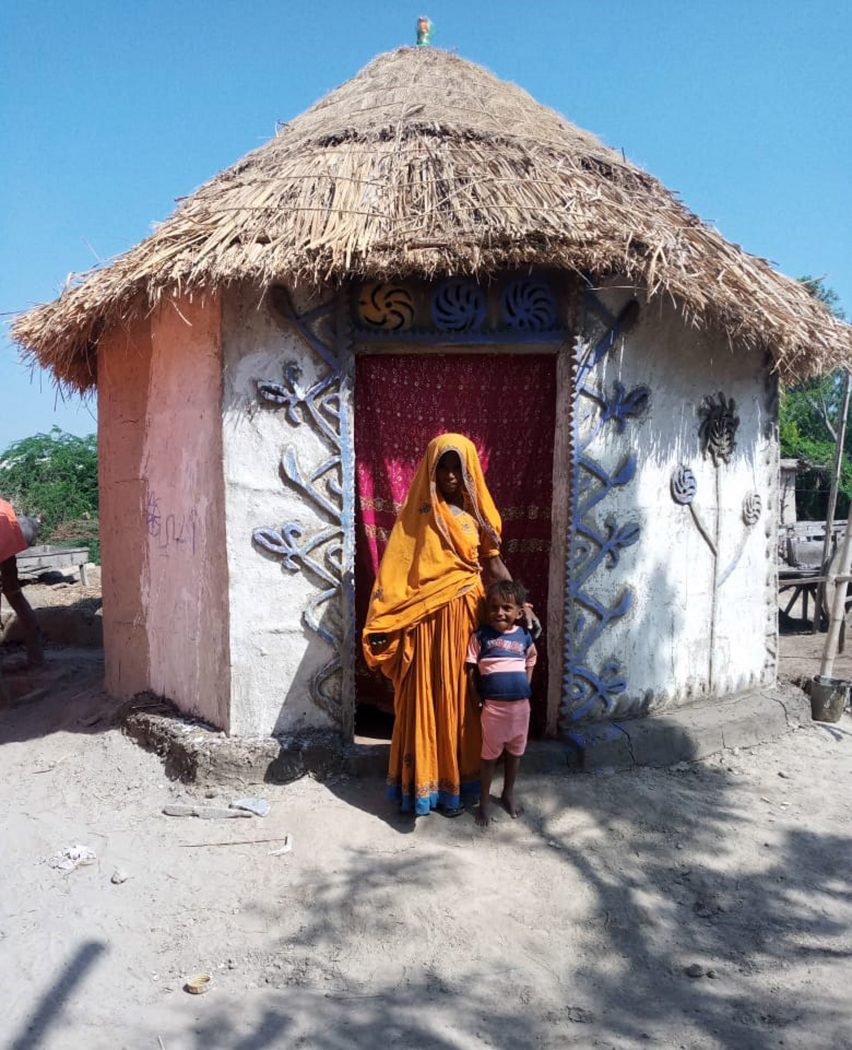
Reports indicate that these homes protected residents from the worst of the flooding in 2022.
At Pono Colony, one of the pilot villages built under the programme, life continued much like normal for the 100 families who occupied these structures.
"We continued to live in them," said resident Khomo Kohli, speaking to Al Jazeera.
"The rest of the residents had to move onto the road where they lived for two months until the water receded."
Pono Colony was primarily built by its female residents. The Heritage Foundation taught these women how to build bamboo-framed shelters and clay stoves that facilitate cooking without the environmental and health risks of open fires.
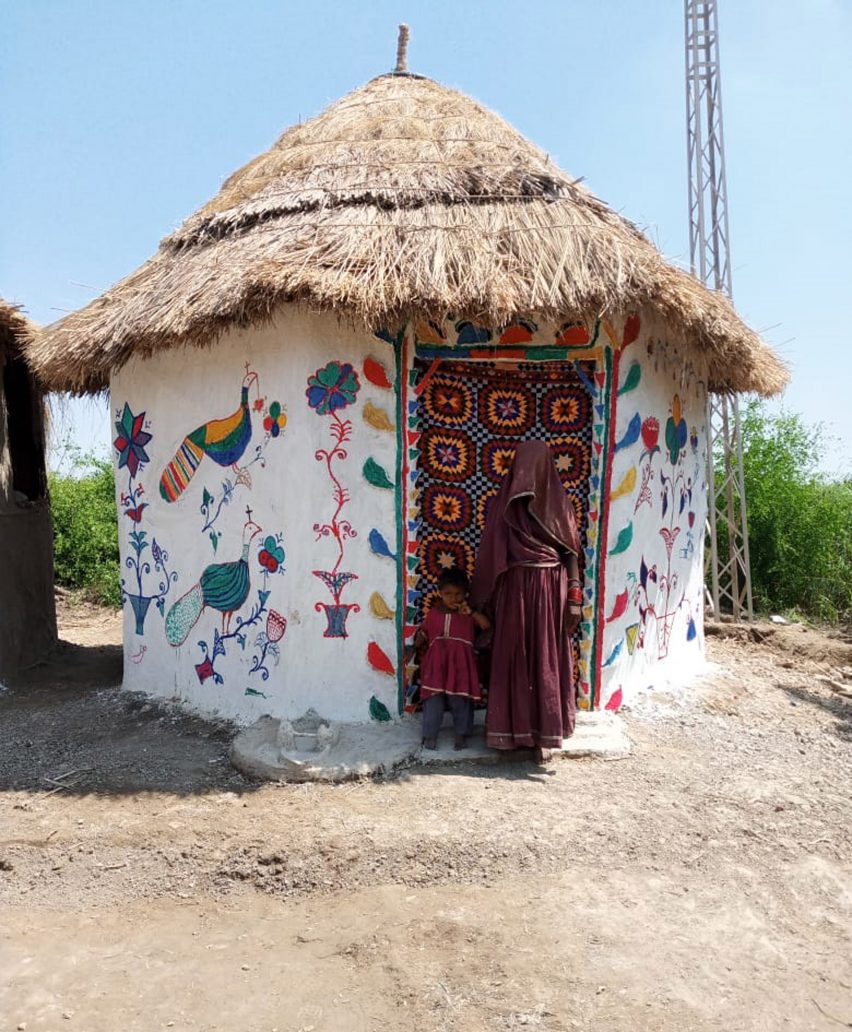
Now, these women are able to earn a living by teaching the skills to other villages for a small fee.
This is proving key to achieving the one-million target, with 29,100 homes already constructed in this way. They are referred to as Zero Donor Villages, designed to be fully self-sufficient.
"We initially provide one hand pump for a village of 60 households," explained Ashfaq Ahmed, senior architect for the Heritage Foundation.
"Later on they will have a hand pump, toilets and solar panels installed on a sharing basis with their own contributions," he told Dezeen.
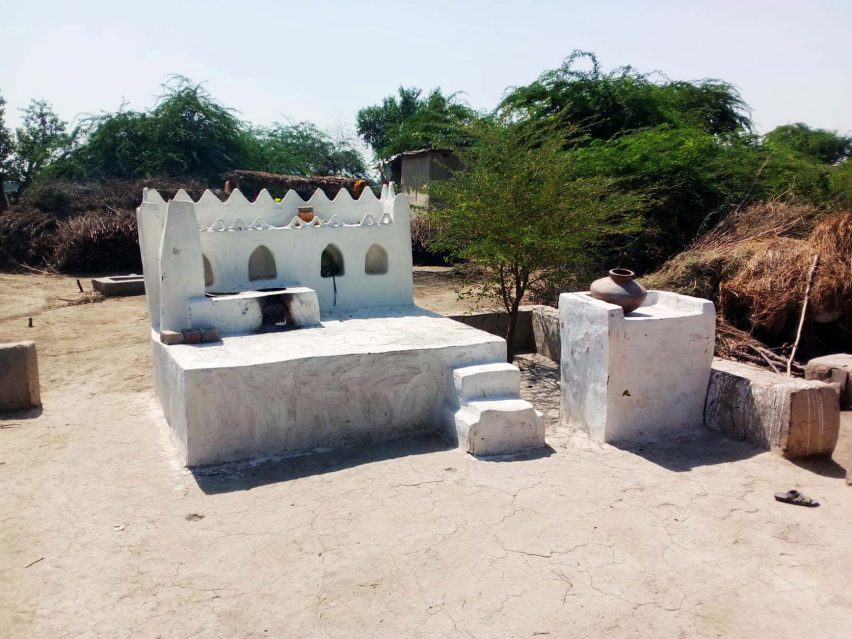
Most of the new structures follow the template of the prefabricated Lari Octa Green (LOG) shelters, a variation of the Mud Brick One Room Houses that Lari initially developed.
Raised up from the ground, these buildings are framed by bamboo and rendered in earth and lime. Residents can customise them by adding their own decorations.
Lari believes this approach can set a precedent for how other countries around the world should deal with the increasingly extreme climate events that are expected as a result of global warming.
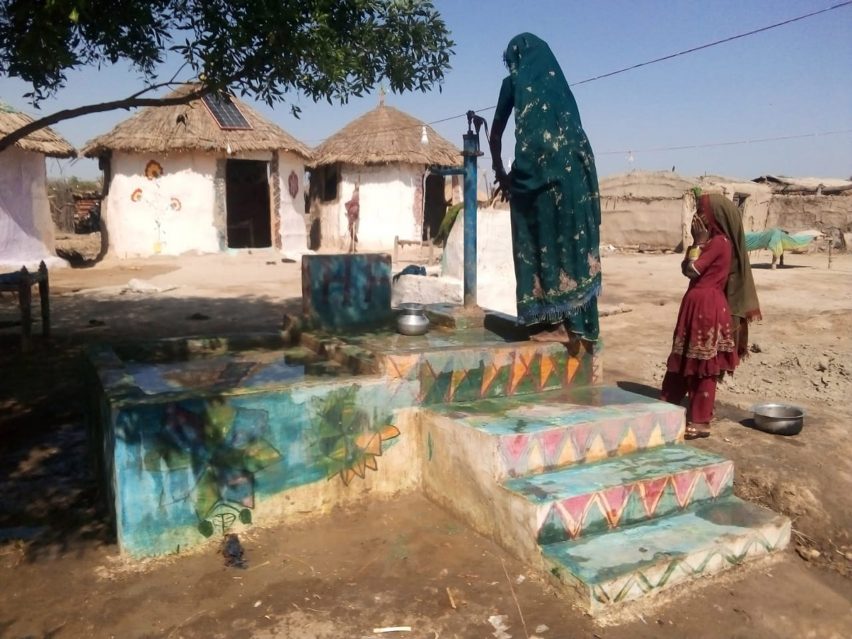
In a column for Dezeen, she called for architects to adopt a more climate-conscious approach to building.
"Today, it is Pakistan where one-third of the country is going through the cycle of misery, hunger and disease, but tomorrow it could well be many other countries, who have so far escaped the grievous impact," she said.
"When I visit countries such as the UK and the USA, I am struck by how many cities are now suffering from urban heat islands and urban flooding," she continued.
"It is time to work on fashioning a new world order where the convenience for a few should no longer hold sway over the benefit for the majority."
The photography is courtesy of the Heritage Foundation of Pakistan.

Designing for Disaster
This article is part of Dezeen's Designing for Disaster series, which explores the ways that design can help prevent, mitigate and recover from natural hazards as climate change makes extreme weather events increasingly common.